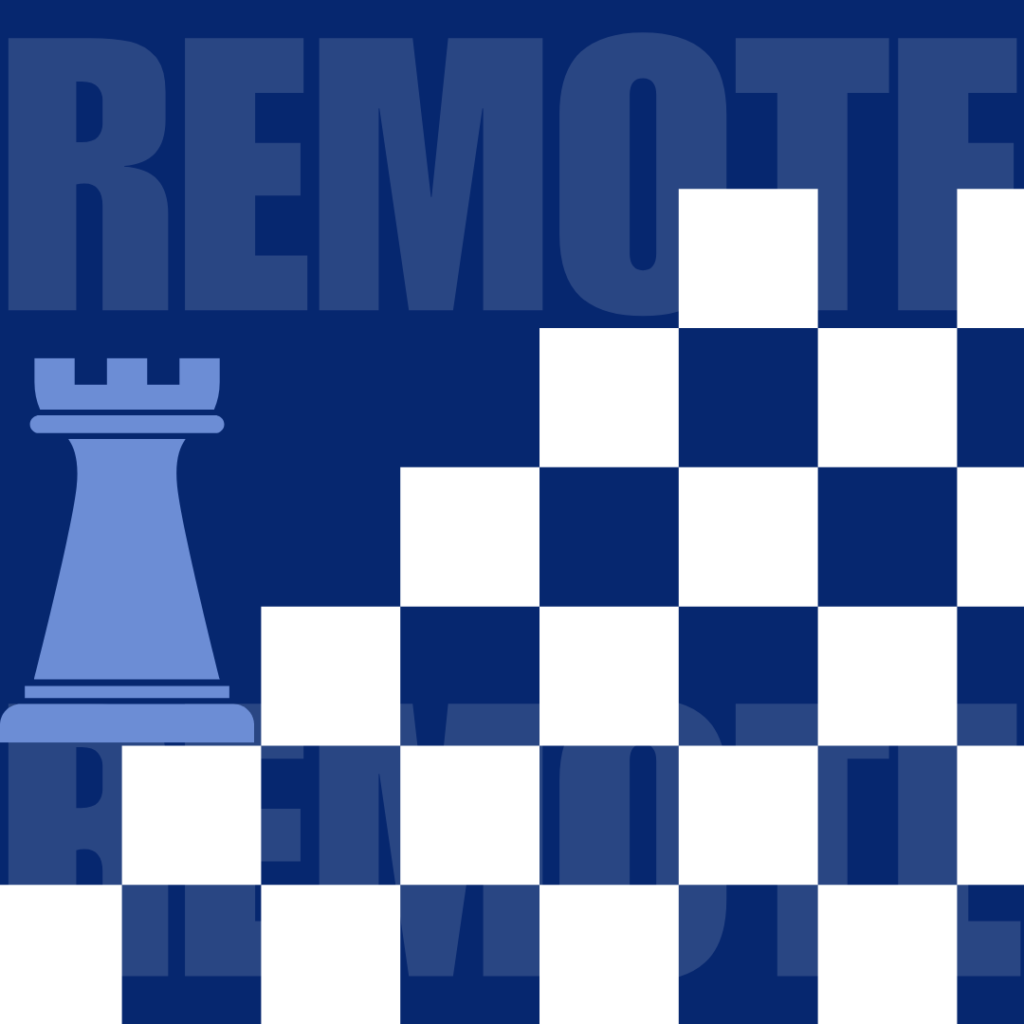
Gamified Recruitment: How Online Quests and Immersive Simulations Elevate Quality of Hire
The phrase “apply here” no longer excites top talent. Digital-native candidates expect interaction, instant feedback, and a clear sense of purpose—elements traditional application flows rarely provide. Enter gamified recruitment, a strategy that blends assessment science with the motivational pull of play. By translating core job challenges into online quests and real-time simulations, employers generate richer data on candidate potential while turning the hiring journey into a branded experience candidates remember for the right reasons.
Why Gamification Works in Talent Acquisition
Psychologists have long argued that behavior in game environments mirrors on-the-job decision making more accurately than self-reported skills. Games trigger authentic reactions: risk tolerance, persistence after failure, collaborative instincts, even ethical judgment. Because these reactions are captured in structured data, HR teams gain actionable insight into traits that drive performance—insight that a résumé or competency interview struggles to surface.
From an employer-branding perspective, gamification differentiates companies that innovate from those that merely post vacancies. A well-crafted quest signals that the organization values creativity, supports digital transformation, and invests in holistic talent evaluation, not just check-the-box screening.
Key Elements of Effective Hiring Games
- Storyline Relevance: The narrative must echo real business challenges, otherwise results skew toward pure entertainment.
- Adaptive Difficulty: Levels that adjust to player proficiency prevent dropout of high-caliber candidates who find early stages trivial.
- Embedded Analytics: Every click reveals information—response latency, option weighting, even eye-tracking data in VR scenarios.
- Seamless ATS Integration: Scores need to feed directly into the applicant-tracking system so recruiters act on insights in real time.
Stand-Out Examples of Online Quests
L’Oréal Brandstorm
For over a decade, the French cosmetics giant has turned innovation challenges into a global gaming event. Teams design a product and pitch it inside a virtual showroom; judges track strategic thinking, marketing flair, and cross-cultural collaboration. Winners receive fast-track job offers, reducing time-to-hire for high-impact roles.
PwC Multipoly
Audit and advisory work demands critical thinking under time pressure. PwC’s browser-based city-building game asks candidates to allocate resources across departments, mirroring real audit trade-offs. Behavioral algorithms score decision quality, spotlighting future consultants who can juggle multiple stakeholders.
Deloitte “Firefly Freedom”
Initially built to spark interest in cybersecurity positions, this escape-room-style quest challenges players to decrypt ransomware and secure a virtual server farm. Completion correlates with problem-solving scores in Deloitte’s formal assessments, proving that game outcomes can predict job performance.
Unilever’s Pymetrics Pathway
Unilever partnered with a neuroscience-based gaming platform where candidates tackle twelve short cognitive puzzles—ranging from balloon risk to memory sequencing—before any interview. The games map 90 behavioral data points against profiles of high performers, slashing campus-recruitment screening time by 75 percent while improving diversity metrics.
Immersive Simulations That Mirror Day-One Reality
Arctic Shores Virtual Assessment
Used by Vodafone and Siemens, this mobile app places candidates on an uncharted island. To survive, they allocate scarce resources, demonstrating learning agility and stress response. Recruiters access dashboard analytics that weight each decision and assign a predictive “Success Potential” score.
Accenture’s Everest VR
In a multi-player headset experience, candidates attempt a summit expedition. Success hinges on communication, situational awareness, and leadership rotation—a direct proxy for consulting project dynamics. Post-assessment debriefs feed coaching notes to onboarding managers.
America’s Army Game
Long before gamification became a buzzword, the U.S. Army launched a tactical shooter that doubles as a realistic preview of military roles. It still functions as a pipeline, converting engaged players into qualified applicants at a fraction of traditional marketing spend.
Quantifiable Impact on Quality of Hire
Independent studies show that organizations using validated game-based assessments experience up to 25 percent lower first-year attrition and 30 percent faster time-to-productivity. The reason: candidates self-select out if the simulation reveals misalignment with daily realities, while those who thrive in the game enter their first day already familiar with role expectations.
Implementation Roadmap for HR Teams
Define Competency Targets
List behaviors that correlate with on-the-job success—e.g., curiosity for R&D roles, customer empathy for support positions.
Choose the Right Engine
Browser-based quests reach a global audience with zero downloads; VR or AR simulations deliver higher fidelity but require equipment.
Pilot and Benchmark
Run the game with current top performers to establish baseline scores. Adjust algorithms until predictive validity exceeds 0.4 on correlation coefficients.
Communicate Value Upfront
Explain to candidates that their gameplay replaces or shortens other assessments. Transparency boosts completion rates and employer reputation.
Measure Downstream Effects
Track retention, performance reviews, and diversity ratios for cohorts filtered through games versus traditional screens. Continuous feedback loops refine both gameplay and scoring models.
Future Trends: AI Storytellers and Metaverse Showrooms
Generative AI is already crafting personalized narrative branches, ensuring no two applicants play the exact same quest. Meanwhile, metaverse-ready hiring fairs let candidates enter 3D replicas of an employer’s headquarters, meet digital colleagues, and preview projects in real time. High-fidelity physics engines are integrating textile drape and architectural acoustics, creating sensory environments nearly indistinguishable from physical offices.
Gamified recruitment transforms hiring from an administrative gauntlet into a data-rich adventure that spotlights true potential. Online quests and simulations not only captivate digital-first talent but also compress assessment cycles and sharpen quality of hire. As algorithms and immersive tech mature, the companies that master game mechanics today will win the most agile, culturally aligned, and future-ready employees tomorro

